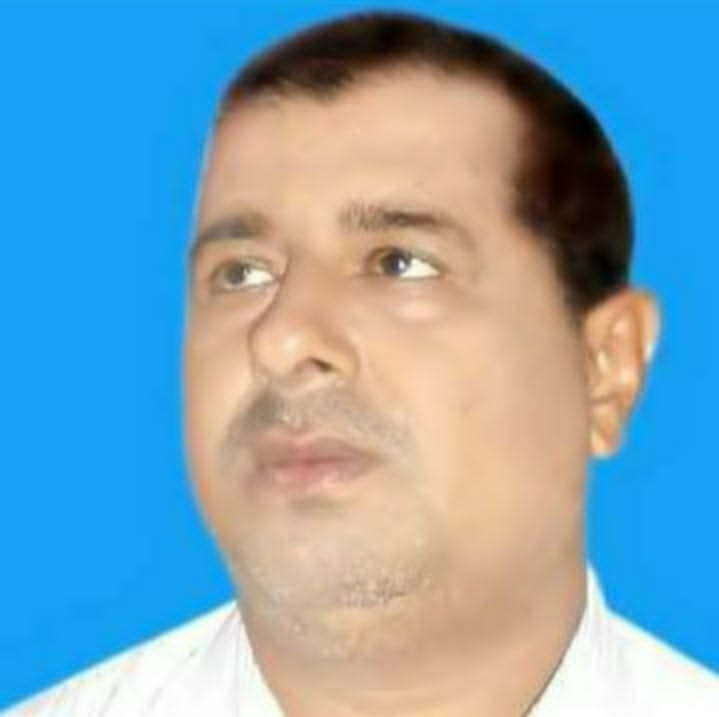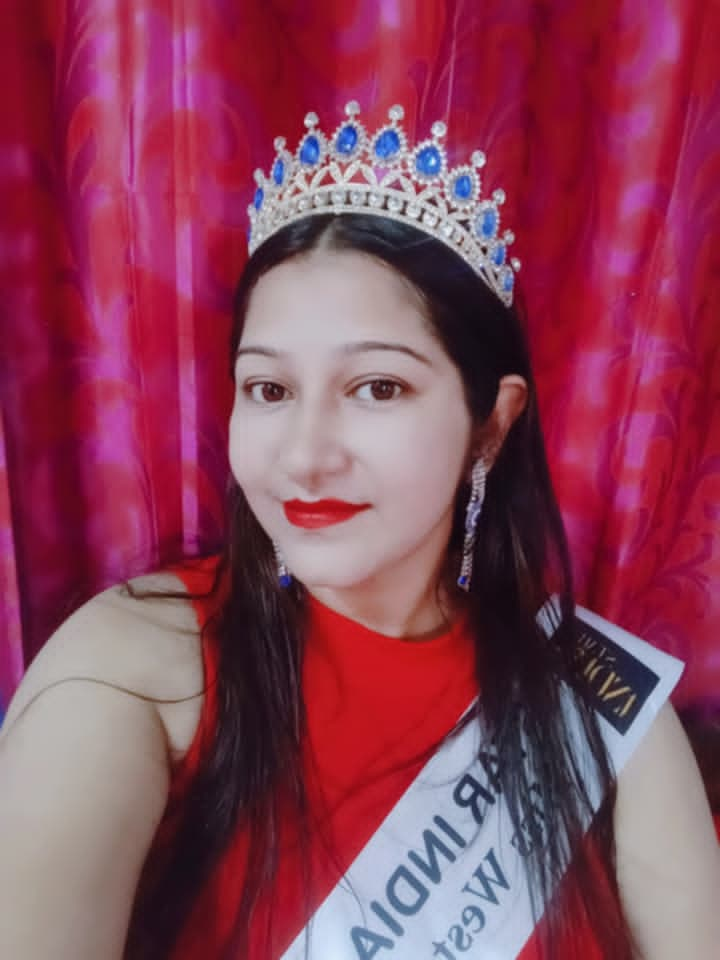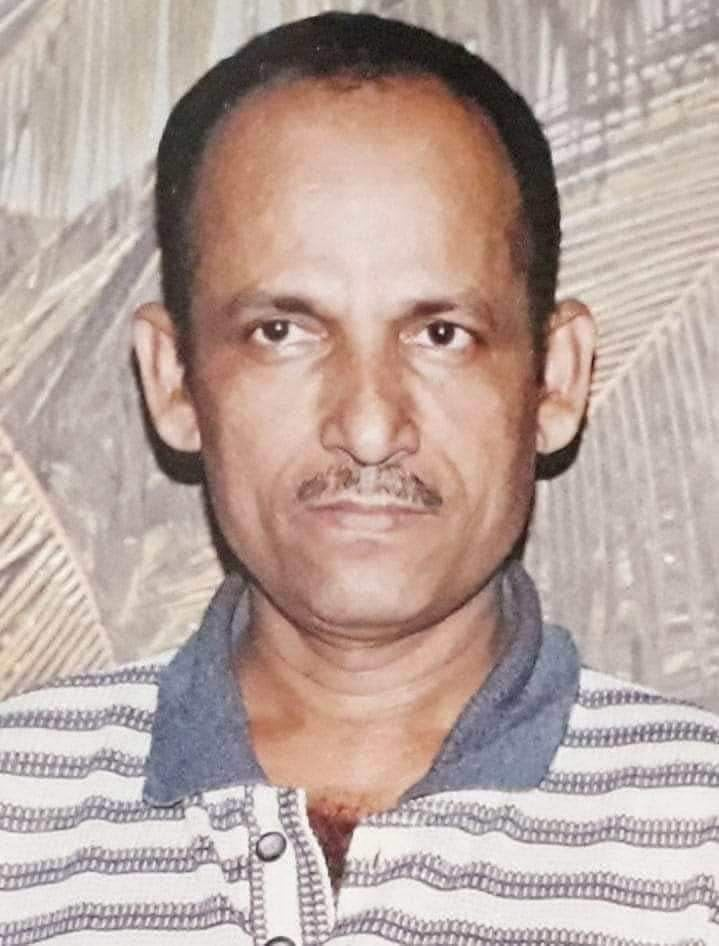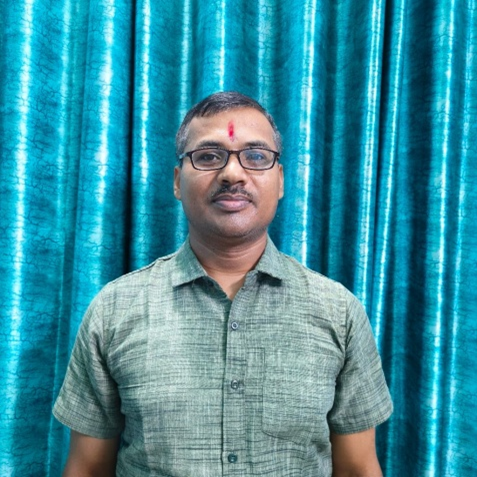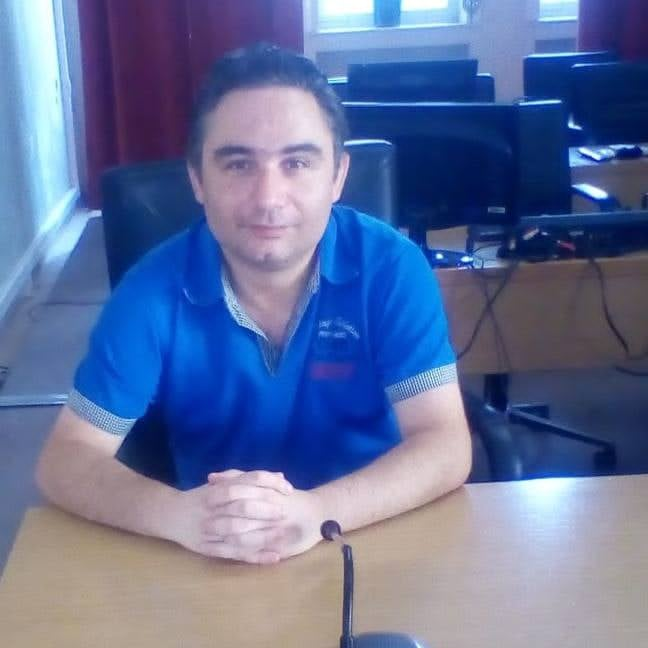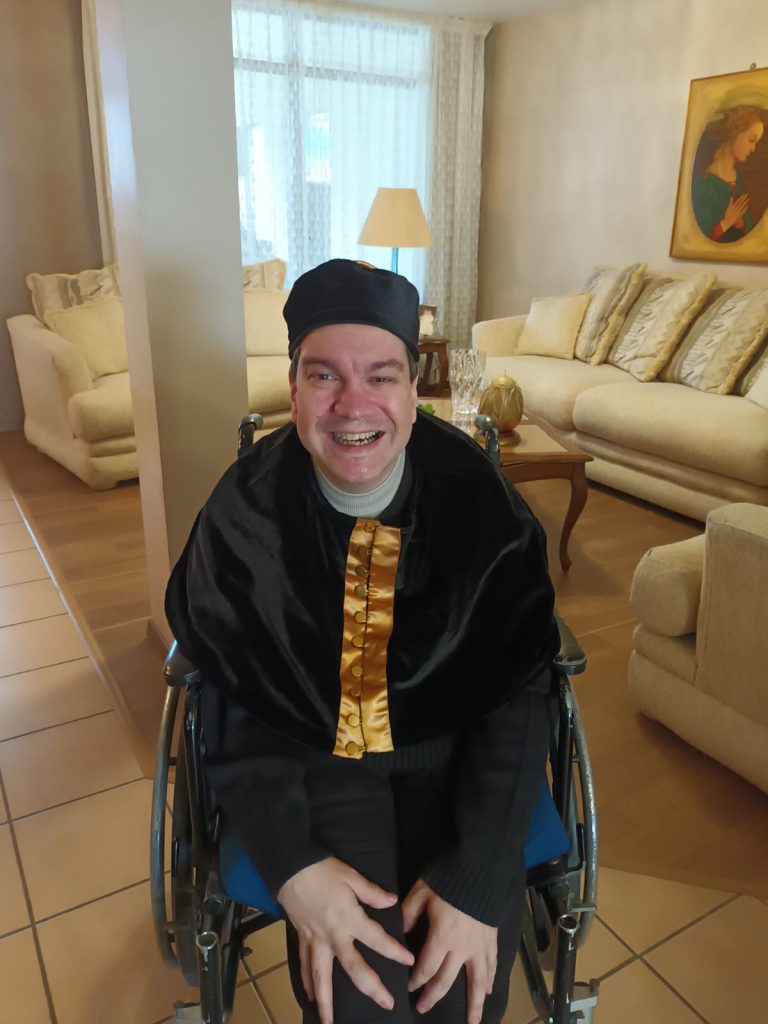
PEACE
Peace is necessary for all, do not let it be a dream,
of unnecessary violence.
the light is for all, man is man’s wolf,
only love will give us the things that last,
take a trip into your soul.
Peace is required by children,
chaste pearls of the universe,
let us not fail them as humanity.
I want to shout to the seas pity for the innocent.
No mortal being can judge the sin of another,
have no right to take their lives for their ambition,
less revenge for past matters,
nor compel to believe what you do not want.
I call the world to a song of love to Palestine sacred land of god and love
I want to bring about peace with joy,
carry as a flag the respect to the earth,
loving beyond existence.
Silence
Before the veil, the body that was not, just a flash, the Essence without reason. A sea of calm, where the Being rests, immense peace, before being the thing.
The soul travels in light, weightless and without haste, knowing the Whole, without voice or currency. Home without walls, without time to measure, the eternal source of Life.
It is that moment, the subtle memory, where bliss becomes a path of complete being, of not needing. Peace is always, before beginning.
MY GENIUS SISTER
She draws the sky on paper
with hands of light,
with a soul of honey,
her ideas fly like a sparrow,
she weaves dreams with her heart,
the wind whispers, the sea sings,
her voice guides us, makes us think.
My genius sister,
shooting star,
brings peace where there is storm,
her love teaches, her laughter gives,
a new world where she will grow.
She plants books in every corner,
and waters words, harvests reason,
Her mind is fire, her soul a volcano,
she awakens life in every place,
she is a bridge and a lighthouse, calm and sun,
her strength shines, her faith is her driving force.
I love you Jeanette, forever and ever.
FLOWER OF THE WORLD
A flower that perfumed my life with her kindness.
Great teacher. Creator of peace,
brilliant fairy who taught us to think of others,
that was Jeannette’s legacy, her inheritance.
Thank you for existing eternally in our souls,
because with a smile, you continue to give us calm,
you loved Mexico and the world madly,
and you made love a strong architecture.
As orphans, we feel like your siblings,
only God knows how much we miss you,
thank you for all the good you gave,
for showing us that you overcame every obstacle.
Fernando José Martínez Alderete is a writer, poet, and theater actor. Born in Leon Guanajuato Mexico on April 21, 1977, Fernando studied the degree in communication within the Latin American University of Leon. He has written poetry from 14 years of age and published several of his writings in the most important newspapers in his hometown, cultural magazines California, Leon, Guanajuato capital and Zacatecas, USA. He is currently involved as administrator of various literary groups, publishing his poems in social networks, participating in various anthologies published in Black Island, Chile and stories in Madrid, Spain with poets of America and Europe, He has also recited their texts in radio programs in Montevideo, Chicago, Barcelona and Buenos Aires. He is the president of many cultural organizations.


